For over a century now, filmmakers and cinema goers alike have been in thrall to lupine tales of transformation beneath the moonlight. From Henry MacRae's lost 1913 short The Werewolf to Universal's classic 1941 Lon Chaney Jr. starrer The Wolf Man, and from An American Werewolf In London all the way up to Leigh Whannell's hotly anticipated new Wolf Man movie with Christopher Abbott, there's just something about seeing folk take a walk on the wild side in a werewolf movie that continues to chill and thrill us.
And so, with that in mind, we thought it high time to list and rank 10 of the very best films the sub-genre has to offer. Whether you prefer your werewolves in small-town horror-comedies, supernatural romances starring Michelle Pfeiffer and Jack Nicholson, or made in a haze of extraordinary practical FX in 1981 (we've got two of those!), there's something here for all comers to enjoy. And rest assured, the only howlers here are the lycanthropes on screen — every film included on this list is a bona fide beast!
Without further awoooo— er, *ahem*, ado, here are the 10 Best Werewolf Movies as chosen by Empire.
The 10 Best Werewolf Movies
 1 of 10
1 of 1010. Wolf (1994)
No studio would put $70m into a film like Wolf these days, but back in the ‘90s, spec scripts and star-director packages were the thing, and occasionally they resulted in something as mad as this. Mike Nichols’ Wolf is a truly eccentric blockbuster: a supernatural horror romance that’s about corporate backstabbing at a publishing company as much as it is about howling and bloodletting. Perhaps only the director of Carnal Knowledge and Heartburn could have persuaded Jack Nicholson into it. But Nicholson as a wolf man is perfect casting. He plays a washed-up editor who, after a wolf bite in Vermont, starts displaying the potent alpha-Jack charisma we expect, sweeping Michelle Pfeiffer off her feet and going to war with an oleaginous James Spader. There’s sterling support in the cast from David Hyde Pierce, Christopher Plummer and Richard Jenkins, and a great Ennio Morricone score too. The full-on prosthetic make-up werewolf scenes are daft, but the rest of the time, when it’s just 'Jack Behaving Badly', Wolf is a joy.
Read Empire's review of Wolf.
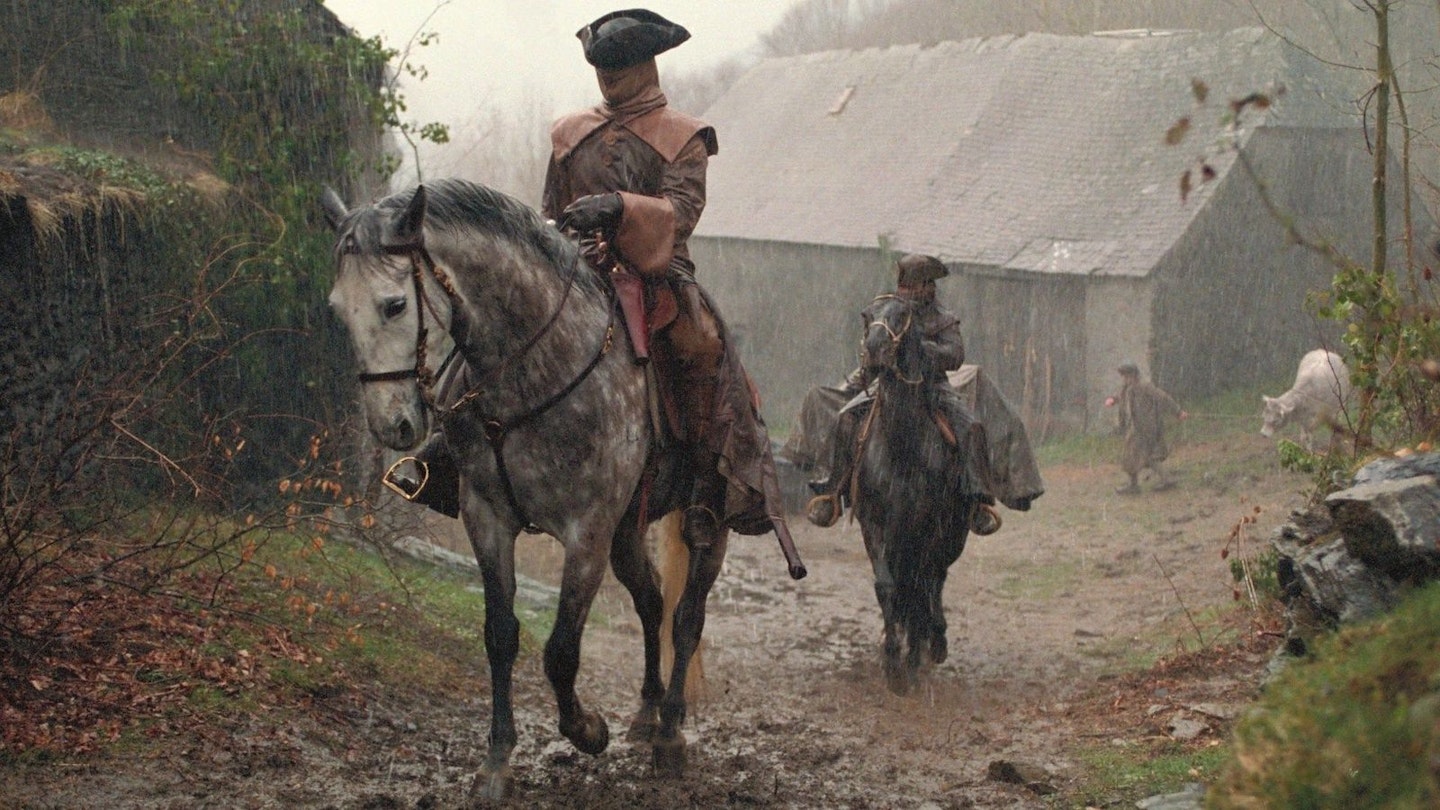 2 of 10
2 of 109. Brotherhood Of The Wolf (2001)
Christophe Gans’ lavish historical epic is fancifully based on the surprisingly real legend of the Beast of Gévaudan. The film version invents the Brotherhood itself (a secret religious political sect) and has elements of Beowulf (warrior arrives at court to rid the land of a monster) and The Hound Of The Baskervilles (urban detective investigates countryside killings by a beast that may not be what it seems). But the familiar ingredients add up to something truly unique: a French historical martial arts action-horror in which every shot looks like a Pre-Raphaelite painting. Samuel Le Bihan is Knight Grégoire de Fronsac, the King’s ‘gardener’ who has seen military service in the Americas and returned with an Iroquois ninja as his valet (Mark Dacascos - never cooler). Vincent Cassel is snide aristocrat Jean-Françoise de Morangias, and Monica Bellucci also features as Italian secret agent Sylvia. It may not technically be a werewolf film in the end, but it’s lupine enough to qualify, we think. And you ultimately feel deeply sorry for the beast itself, which is a key trait of the whole genre.
Read Empire's review of Brotherhood Of The Wolf.
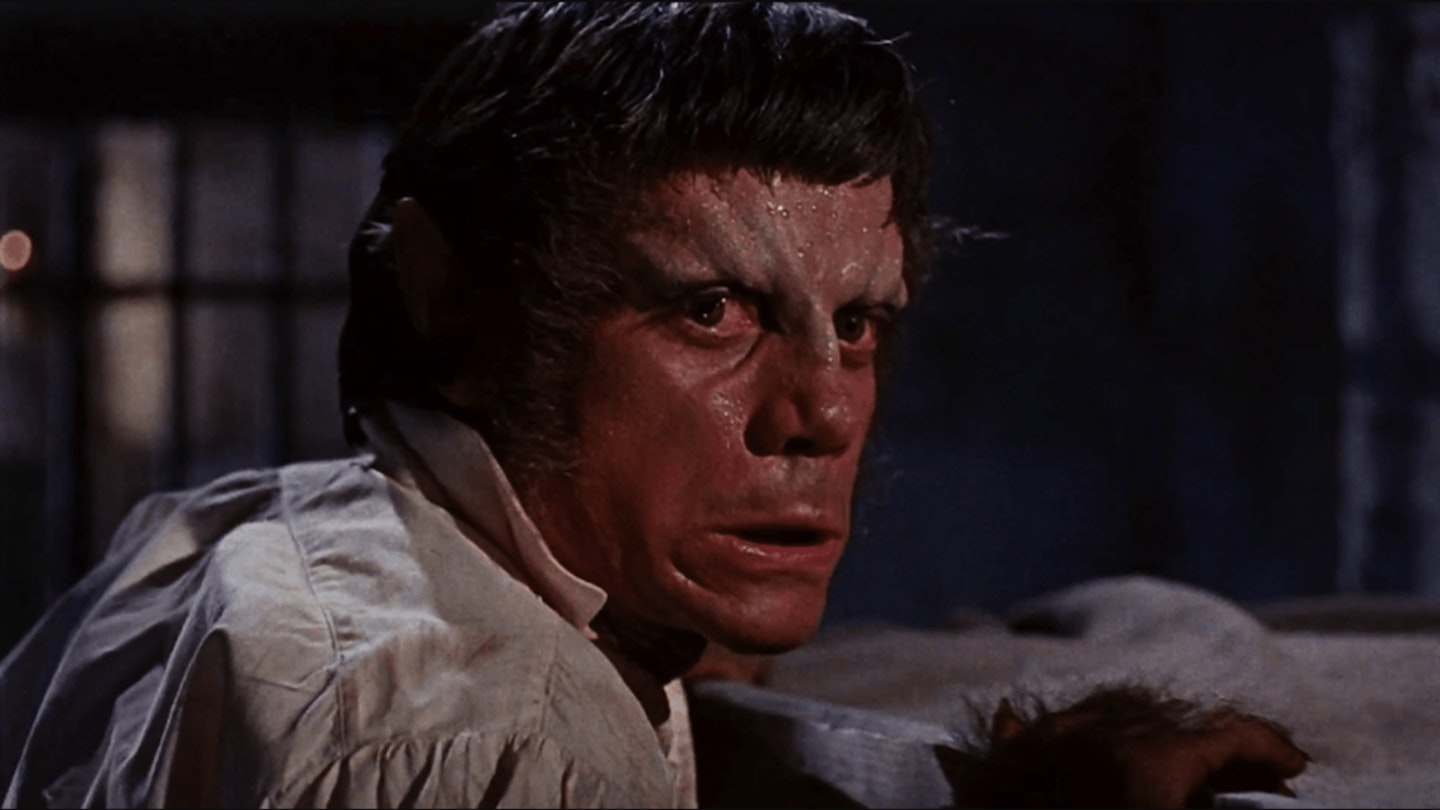 3 of 10
3 of 108. The Curse Of The Werewolf (1961)
Hammer made multiple _Dracula_s, _Frankenstein_s and Mummies, but this was their only werewolf film. It’s unique in their canon in other ways too. Thanks to a lavish set that was already built for an abandoned movie about the Inquisition, it takes place in Spain. The dashing young Oliver Reed made several appearances for Hammer, but this was his only starring role. And while it looks sumptuous, narratively it’s quite extraordinarily bleak; a long preamble laying out a quite appalling origin story for the wolf man before we even get to the tragedy of the character himself. Hammer were deliberately testing the tolerance of the BBFC, and it was a battle they didn’t win: Curse Of The Werewolf lost several minutes of controversial material for its original release and wasn’t seen uncut until 1992. Returned to its intended form, it’s one of Hammer’s real gothic masterpieces, directed by the redoubtable Terence Fisher, and boosted by Reed’s powerful and soulful central performance – even if he doesn’t show up on screen for 45 minutes.
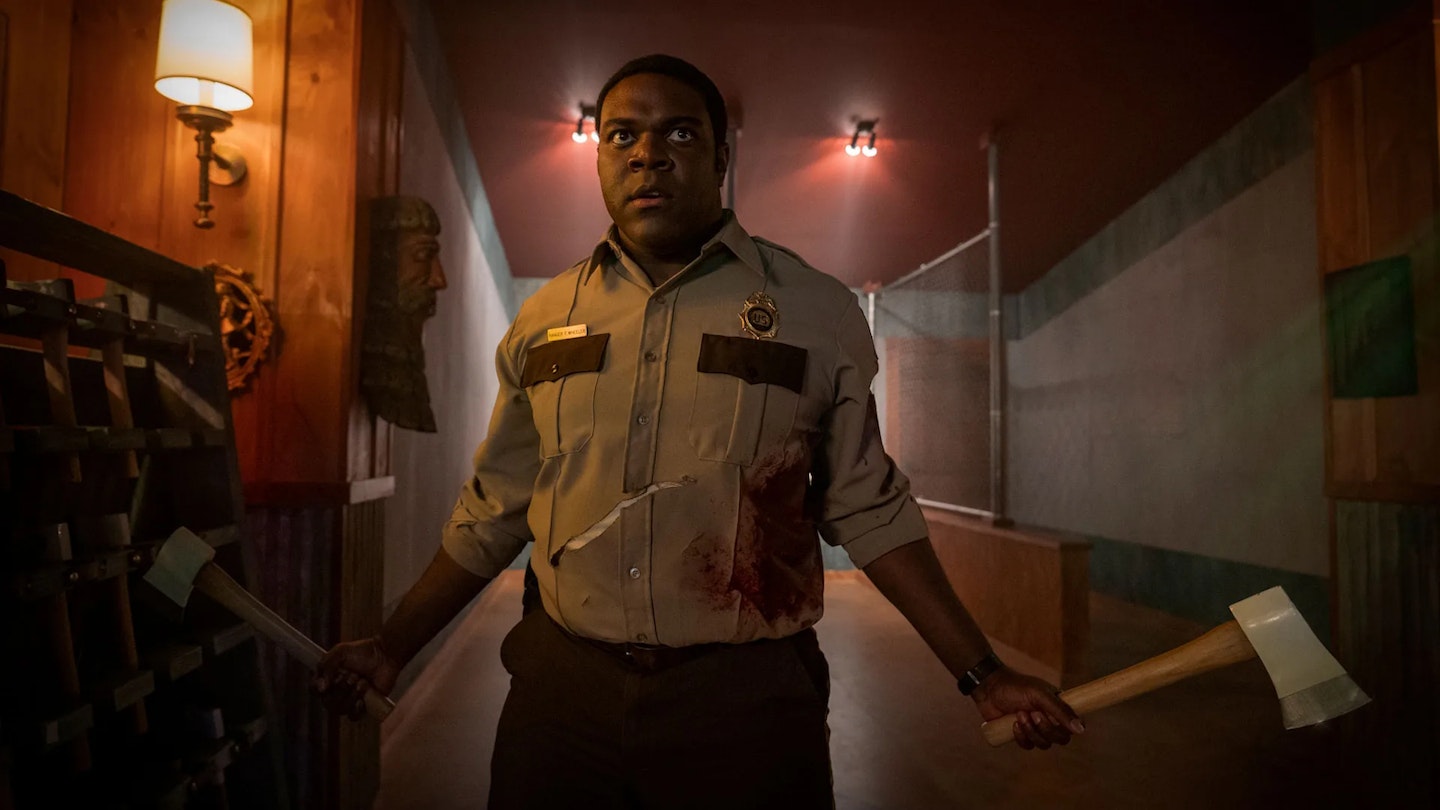 4 of 10
4 of 107. Werewolves Within (2021)
Josh Ruben’s hugely enjoyable small-town comedy-horror is actually based on a video game – though you wouldn’t necessarily know it. Ruben and screenwriter Mishna Wolff (yes, that's really her name) keep the murder-mystery, guess-the-lycanthrope premise of the medieval-set VR original, but update the story to modern-day Vermont, and populate it with a fantastic cast of eccentrics and weirdos, locked down and snowed into a cabin together until they can figure out which of them is not like the others. Think a supernatural The Hateful Eight meets Clue and you’re somewhere on the right lines. It’s a welcome starring role for the always excellent Sam Richardson as the forest ranger protagonist, but it’s his clutzy rom-com double act with mailwoman Milana Vayntrub that really warms the cockles. For a while it seems like the twist might be that there isn’t even a werewolf at all, although the film’s inclusion on this list might give you a slightly spoilery clue in that regard.
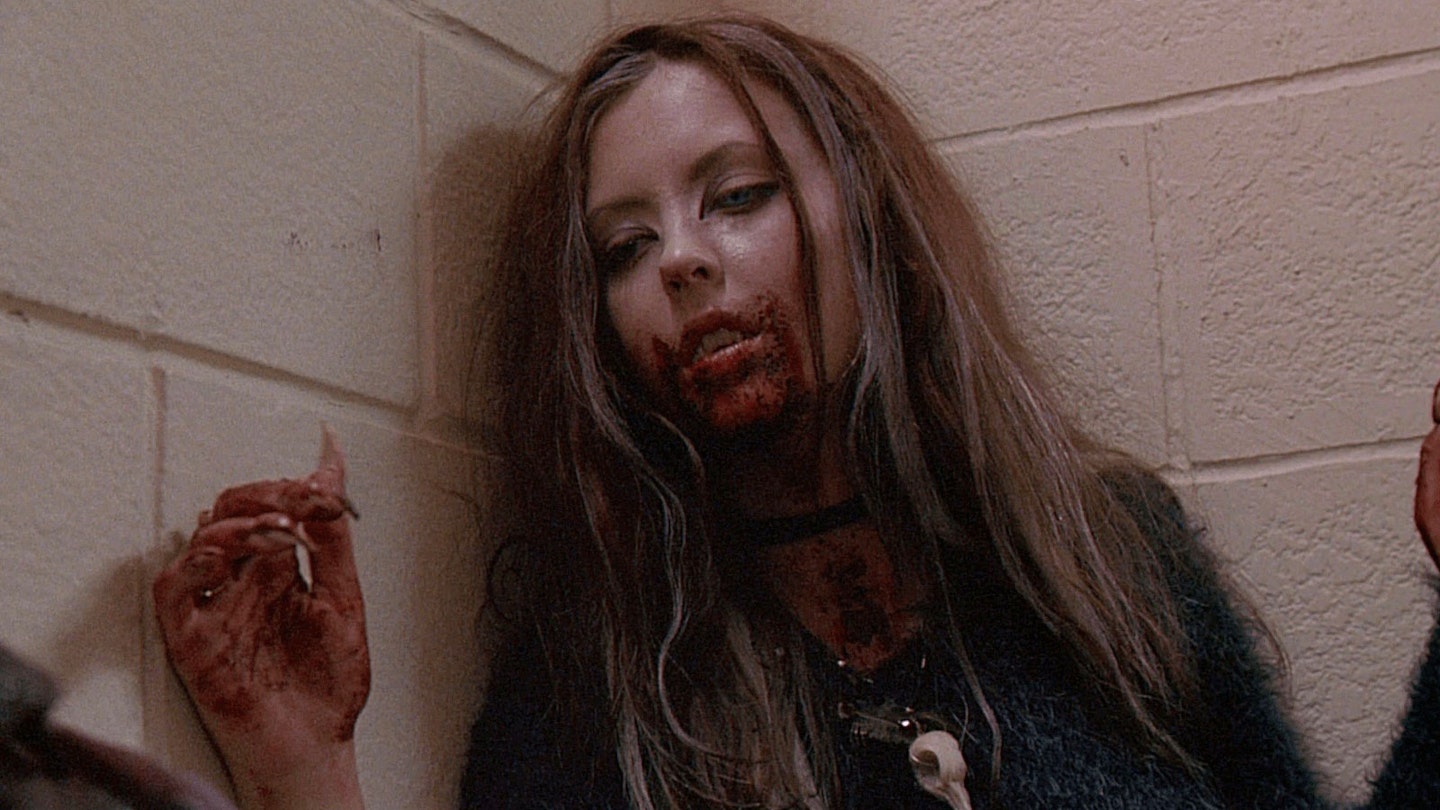 5 of 10
5 of 106. Ginger Snaps (2000)
“I can’t have a hairy chest! That’s fucked!” Universal had made She-Wolf Of London in the 1940s, but to this day it’s still comparatively unusual to see a werewolf on screen that isn’t a wolf man. Ginger Snaps is admittedly post-Buffy, so as a female-focused teen horror it had a certain now-established appeal, but Buffy was never as alt-cool or sweary as Katharine Isabelle and Emily Perkins – and arguably never as funny, either. John Fawcett and Karen Walton’s high-school bloodbath leans hard into the metamorphoses of adolescence, refusing to shy away from making the no-brainer connection between lycanthropic monthly lunar cycles and menstrual blood (“They don’t call it the curse for nothing,” runs the poster’s rather on-the-nose tagline). But if that sounds heavy going, there’s a lightness to the film too: a black comedic tone reminiscent of something like Heathers. An independent Canadian movie, it benefits from not having been focused into submission by a studio, retaining its idiosyncrasies and rough edges. A sequel and fun 19th-Century prequel were shot back-to-back in 2003, but they couldn’t quite recapture the vibe.
Read Empire's review of Ginger Snaps.
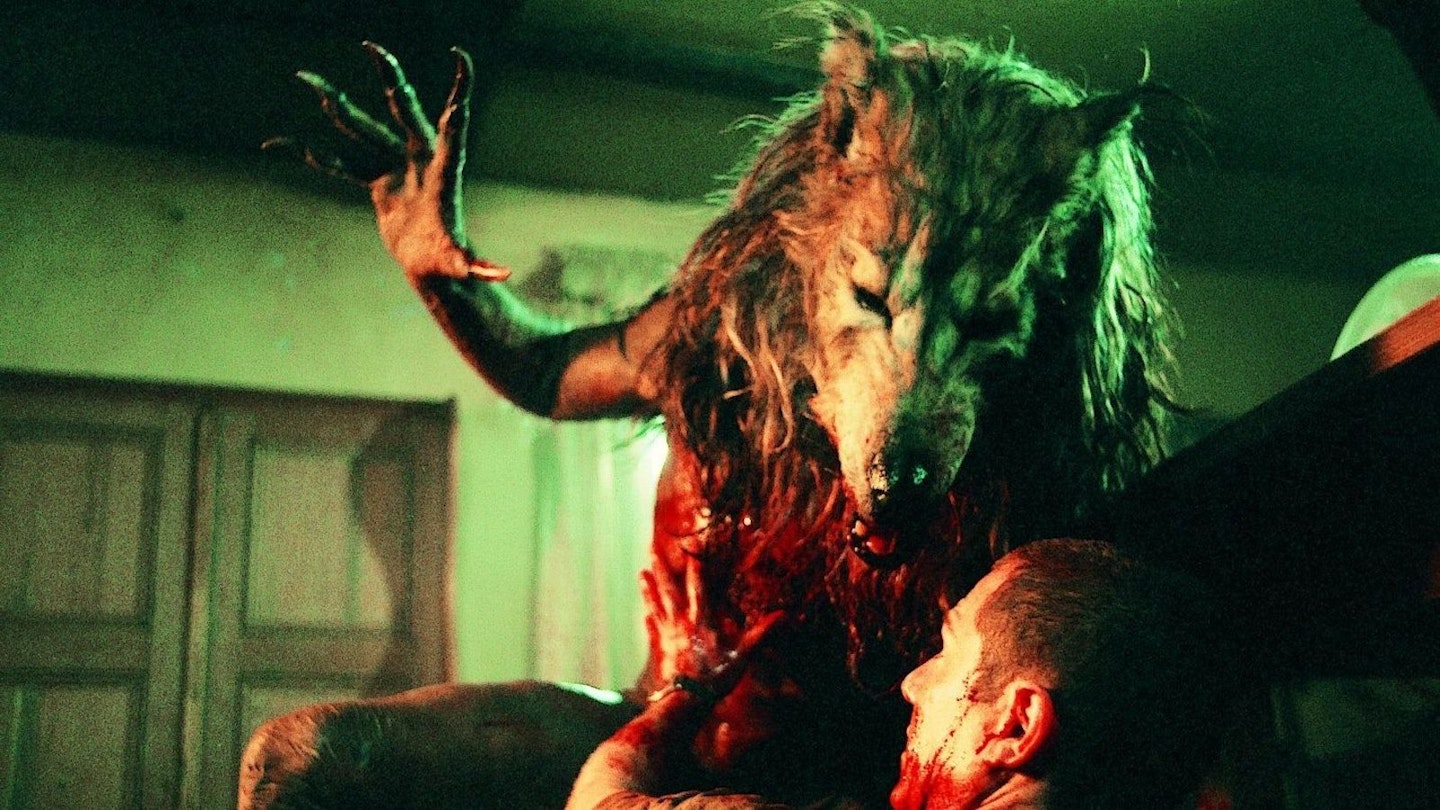 6 of 10
6 of 105. Dog Soldiers (2002)
Neil Marshall’s berserk debut has its share of moonlit woods, but it’s less gothic than balls-to-the-wall action. The great genius of Dog Soldiers is that it is, at heart, a base-under-siege war movie, where a group of squaddies on a training mission against the SAS in the Scottish Highlands find the enemy lads dead and have to hole up in a cabin against a lycanthropic onslaught. Marshall knows his genre inside out, and there’s clear inspiration here from Assault On Precinct 13, Aliens and all your other favourites, but the hectic pace and droll tone of voice make Dog Soldiers its own beast too. The action is frantic, the gore enthusiastic, and Sean Pertwee competes with a dog for possession of his own intestines. You can achieve a lot on a low budget, especially when you’re this inventive.
Read Empire's review of Dog Soldiers.
 7 of 10
7 of 104. The Wolf Man (1941)
It took Universal a while to get werewolves right. In the first wave of Universal horrors in the 1930s, Henry Hull was 1935’s rather underwhelming Werewolf Of London. It wasn’t until The Wolf Man in 1941 that Lon Chaney Jr arrived, joining the iconic classic monster actors pantheon alongside Bela Lugosi and Boris Karloff. Make-up legend Jack Pierce had been made to scale his designs back for the earlier film – this time, he was able to deliver the extraordinary creation he’d originally intended. But Chaney is equally effective out of the prosthetics too, his mournful performance conveying the tragedy of Lawrence Talbot. Unlike with Frankenstein and Dracula, there’s no literary source, but screenwriter Curt Siodmak and director George Waggner delivered an atmospheric film – all forests and fog – that provided the folkloric bedrock of many werewolf films that followed. If you’ve ever heard the rhyme “Even a man who is pure in heart and says his prayers by night / May become a wolf when the wolfsbane blooms and the autumn moon is bright”, this is where it comes from.
Read Empire's review of The Wolf Man.
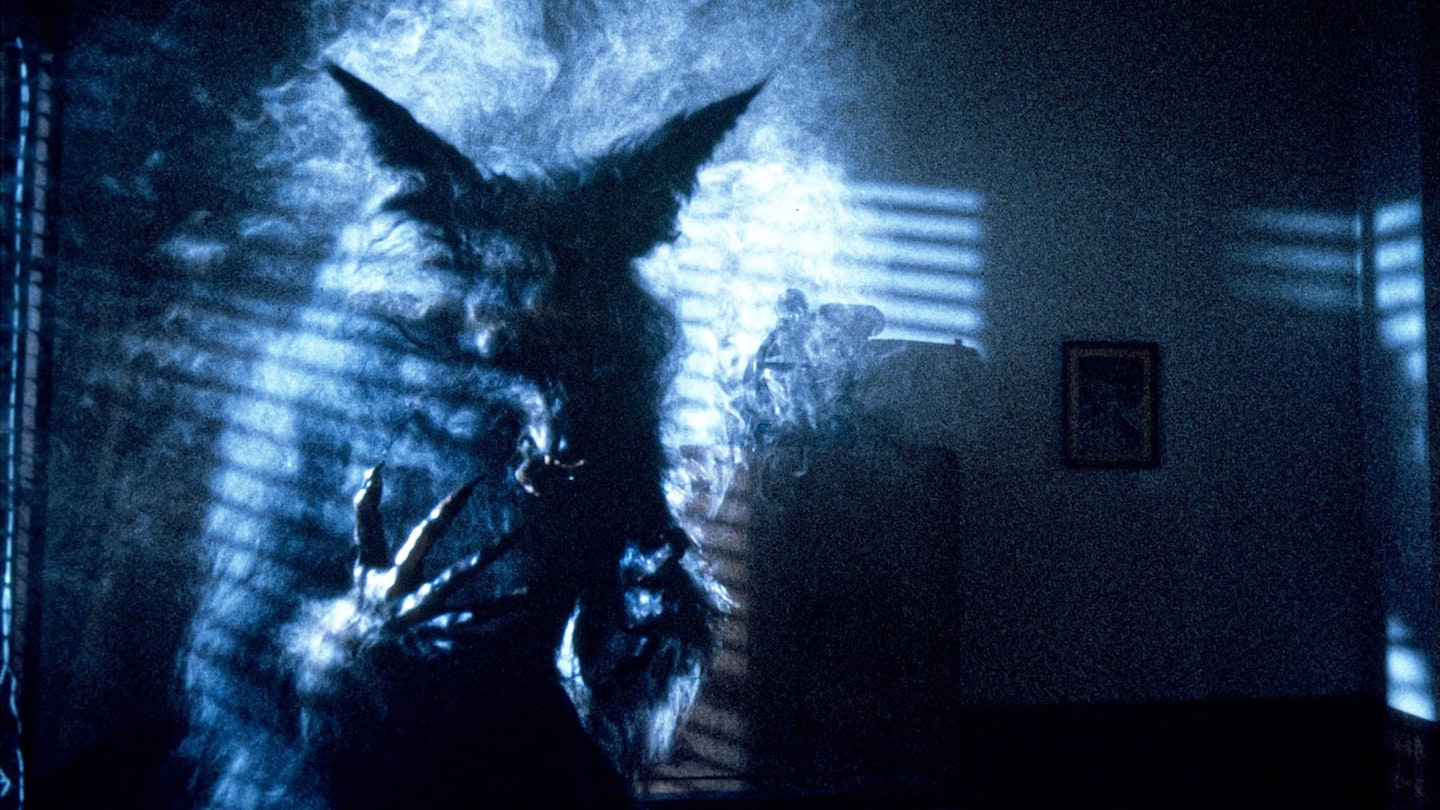 8 of 10
8 of 103. The Howling (1981)
There were three werewolf films released in 1981, and two of them make this list (the other, Wolfen, isn’t bad either). Friends and comrades John Landis and Joe Dante went head-to-head with An American Werewolf In London and The Howling respectively, and while the latter is ultimately the lesser of the two, it’s a pretty close call. Based on Gary Brandner’s novel (although Brandner wasn’t super fond of the adaptation), it stars Dee Wallace as Karen White, a news journalist who gets sent on a retreat after an encounter with a serial killer, but doesn’t find the secluded colony as relaxing as she might have hoped. A “straighter” horror than Landis’ more self-aware film, The Howling nevertheless wears its heart on its sleeve by naming most of its characters after other werewolf movie directors. And it holds its own in the make-up FX department too – prosthetics maestro Rob Bottin defected from Rick Baker’s American Werewolf team to work on The Howling alone (Baker likes to joke that Bottin was the greatest monster he ever created). The Howling didn’t enjoy the box office success of its Landis rival, but it did inspire seven barking mad sequels.
Read Empire's review of The Howling.
 9 of 10
9 of 102. The Company Of Wolves (1984)
Something special happens when Neil Jordan makes horror films. Both Interview With The Vampire and Byzantium made our list of the greatest vampire films, and his beautifully gothic The Company Of Wolves almost tops our werewolf list. The film is working from layers of inspiration and adaptation: Charles Perrault’s original version of the fairy tale Little Red Riding Hood, via Angela Carter’s reinterpretation of that in her short story collection The Bloody Chamber, and then Carter’s own reworking of that for BBC radio. The late, great Angela Lansbury plays Granny, telling nightmarish bedtime stories to young Sarah Patterson, and part of the film’s dreamlike atmosphere is the way in which Granny’s multiple tales weave in and out of the core narrative. There are also unforgettably surreal sequences, like the jaw-dropping banquet where braying 19th-Century aristocrats morph into beasts at the table. There’s nothing else quite like The Company Of Wolves, and there probably never will be.
Read Empire's review of The Company Of Wolves.
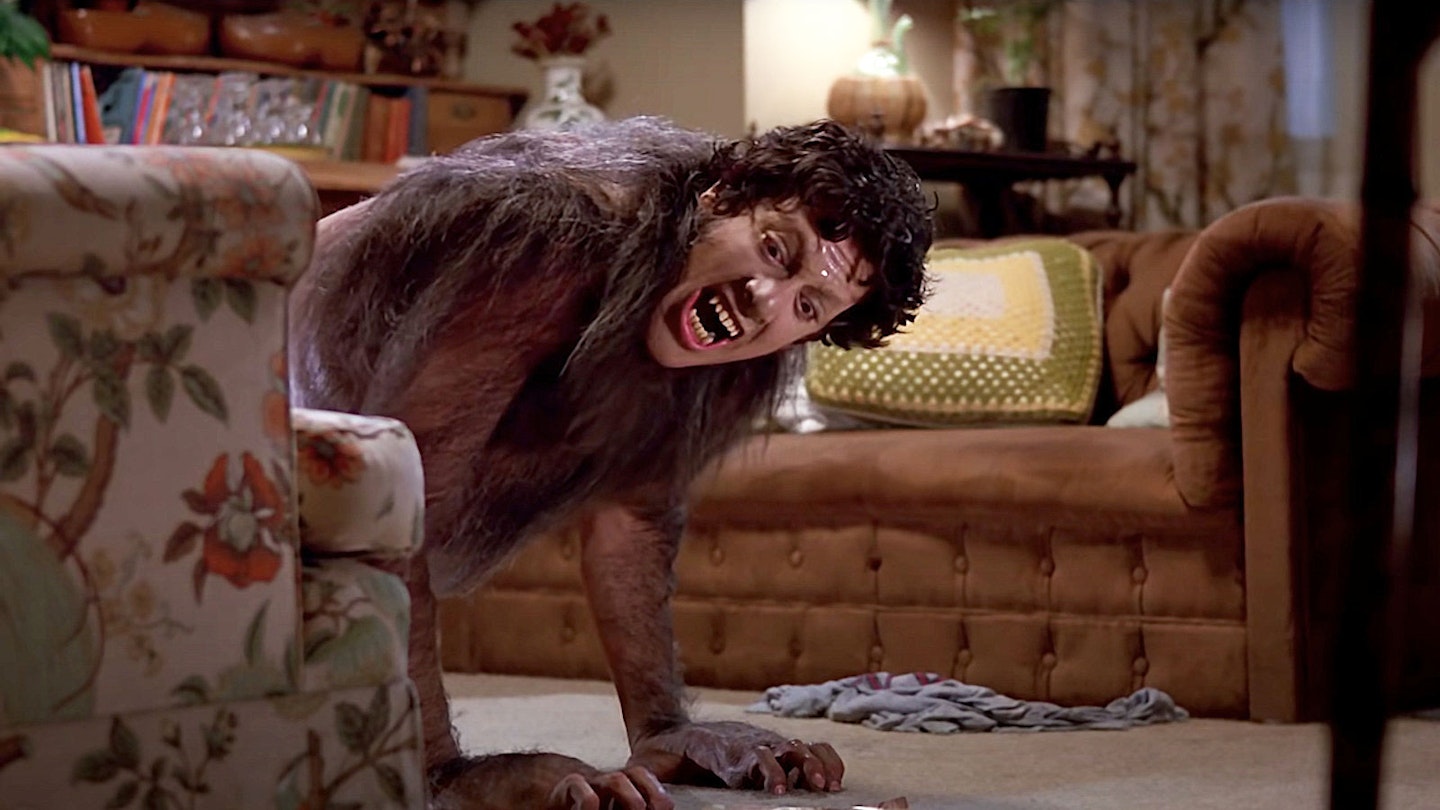 10 of 10
10 of 101. An American Werewolf In London (1981)
Prior to An American Werewolf In London, writer-director John Landis was known for his knockabout comedies: The Blues Brothers, Animal House, Kentucky Fried Movie. There are laughs in American Werewolf too, of course, but it’s an altogether deeper experience. First and foremost, it’s a love letter to classic horror – and to werewolf movies in general, full of references, in-jokes, and a jukebox soundtrack of songs about the moon. But it’s modern, too: the scares are more startling and visceral than anything from the ‘40s or the ‘60s, the sex more explicit, and the still-incredible central transformation scene were at the cutting edge of what was achievable practically. It’s a story about friends (David Naughton and Griffin Dunne), loss, and doomed romance (with Jenny Agutter). But it also has a group of zombies watching porn in a cinema, and a kid who gets the line, “a naked American man stole my balloons”. It ought to be all over the place, but somehow it’s cohesive and coherent, funny and scary and sad all at once. It’s hard to imagine a better werewolf movie… or many better movies, full stop.
Read Empire's review of An American Werewolf In London.
